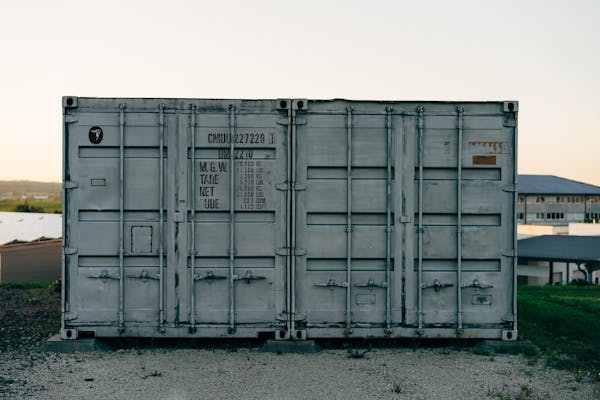Shipping Acrylic Signs from Guangzhou/Shenzhen to Atlanta Port, USA: A Detailed Guide
1. Sea Freight Options: FCL vs LCL
When shipping goods from Guangzhou or Shenzhen to the United States, the two most common sea freight options are Full Container Load (FCL) and Less-than-Container Load (LCL).
FCL (Full Container Load): This option is ideal if you have a large shipment, such as a full 20ft or 40ft container. Shipping FCL means your cargo occupies the entire container, offering better security and reducing the risk of damage, as your goods are not shared with others.
- 20FT or 40FT Container: The choice of a 20ft or 40ft container depends on the volume of your cargo. A 20ft container typically holds around 28-30 cubic meters of cargo, while a 40ft container can accommodate up to 58-60 cubic meters.
LCL (Less-than-Container Load): If your shipment is smaller and doesn’t require a full container, LCL is the most cost-effective solution. With LCL, your goods share a container with shipments from other exporters. The disadvantage is that handling multiple shipments in a single container may increase the risk of damage due to shifting cargo.
- LCL Transit Time: The typical sea journey for LCL shipments from Guangzhou or Shenzhen to Atlanta port takes approximately 33 days, depending on the specific port handling and customs clearance times.
2. CIF (Cost, Insurance, Freight) Shipping Option
For both FCL and LCL shipments, you can choose the CIF (Cost, Insurance, Freight) shipping method. Under CIF, the seller is responsible for the cost of goods, shipping charges, and insurance until the goods reach the destination port (Atlanta Port in this case). This includes the shipping fee for the container and the cost of insuring the cargo during transit. Once the shipment arrives at the port, the buyer is responsible for any further charges, including customs duties, inland transportation, and unloading fees.

3. Packaging of Acrylic Signs
Proper packaging is essential when shipping delicate items such as acrylic signs. Acrylic is a type of plastic that is prone to cracking or breaking if not handled with care during transit. Here’s how to package acrylic signs for sea freight:
Bubble Wrap: Wrap each acrylic sign individually with a thick layer of bubble wrap to protect it from impact. Ensure that all corners and edges are well covered.
Foam Padding: For extra protection, use foam padding around the bubble-wrapped signs. This provides cushioning in case the signs shift during transit.
Cardboard Box: Place each wrapped acrylic sign in a sturdy cardboard box. It’s important to use a box that fits snugly but leaves enough room for padding materials to prevent movement within the box.
Corner Protectors: Acrylic signs are especially vulnerable at the edges. Corner protectors made from foam or plastic should be placed on all four corners of each sign to reduce the risk of damage.
Sealing: Once the signs are securely packaged in boxes, seal the boxes tightly with strong packing tape to ensure the boxes stay intact during the journey.
Labeling: Ensure the boxes are clearly labeled with “Fragile” stickers to alert handlers that the contents need extra care.
4. Shipping Process: From Guangzhou/Shenzhen to Atlanta
Export Procedures: The first step in the shipping process involves the exporter handling all the necessary export documentation, including commercial invoices, packing lists, and customs declarations.
Transport to Port: Once the goods are packaged, they are transported by truck or rail to the main seaport in Guangzhou or Shenzhen, where they will be loaded onto a cargo ship heading to Atlanta.
Sea Transit: The sea freight journey typically takes 33 days from China to Atlanta Port, USA. This can vary slightly based on weather conditions, customs processing, and port congestion.
Arrival at Atlanta Port: Once the cargo arrives at the port, it will go through customs clearance. After clearing customs, the goods will be released and ready for inland transportation to their final destination.



